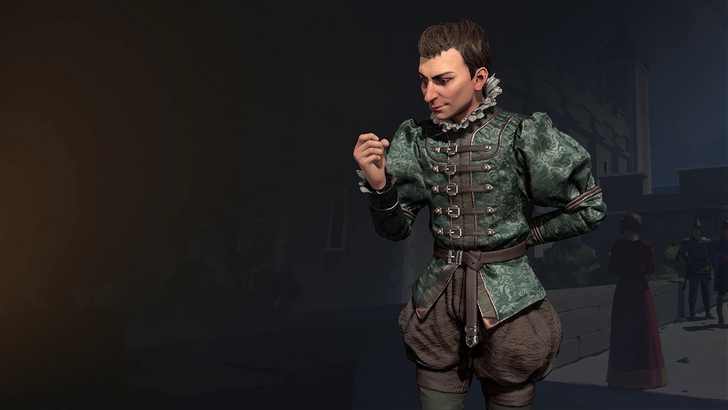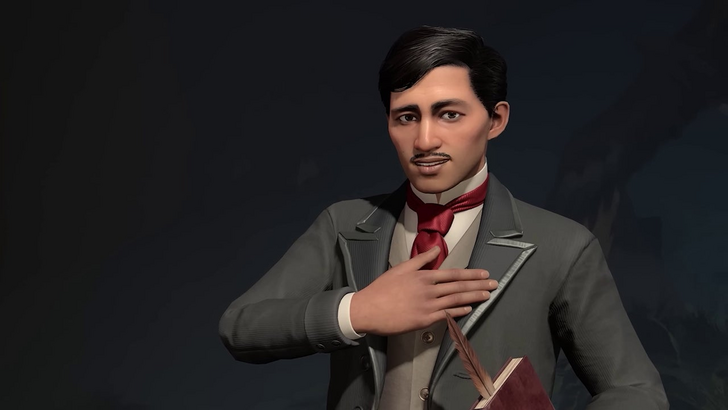Civilization VII: A New Era of Leadership in the 4X Strategy Game
Civilization's leaders are as iconic as the civilizations themselves. Firaxis' approach to selecting and representing these figures has evolved significantly over the years, culminating in Civilization VII's innovative and diverse roster. This article explores that evolution, highlighting how Civ VII redefines what it means to be a leader in the 4X strategy genre.

From Superpowers to a Wider World
The original Civilization featured a relatively small roster, primarily focusing on established global superpowers of the time. Leaders were largely traditional heads of state, reflecting the limited scope of the game's design. The selection prioritized widely recognized figures, resulting in a lineup including Abraham Lincoln, Tokugawa Ieyasu, and Julius Caesar. While understandable for its era, this approach lacked the diversity seen in later iterations.
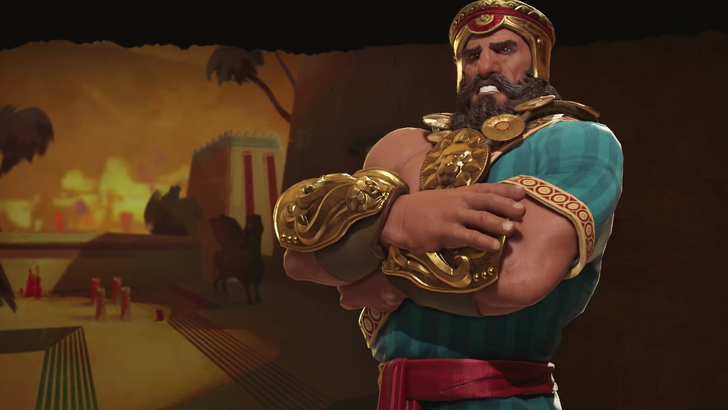
Expanding the Definition of Leadership
Civilization II and subsequent installments broadened the definition of "leader." Lesser-known figures and individuals who, while not heads of state, played pivotal roles in their civilizations' histories, began to appear. Sacagawea for the Sioux and Amaterasu for Japan are prime examples of this shift. The inclusion of female leaders also increased significantly, moving beyond dedicated separate rosters to integrated representation within the main game.
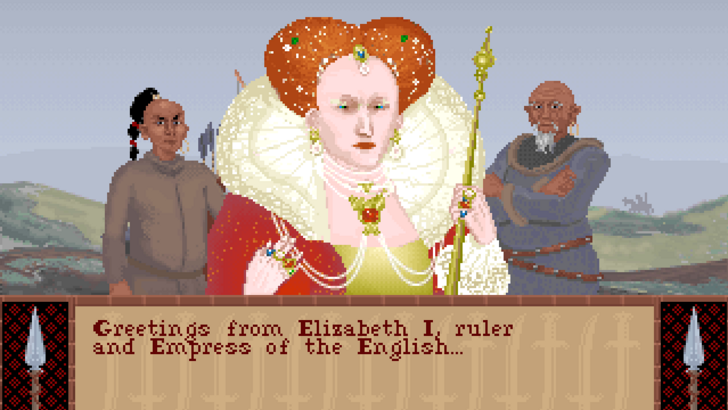
Civ III, IV, and V further expanded the roster and the range of leadership roles represented. Revolutionaries, generals, and reformists joined the ranks, alongside more diverse representation from established civilizations. The focus shifted from simply showcasing powerful figures to encompassing a broader narrative of humanity's history.
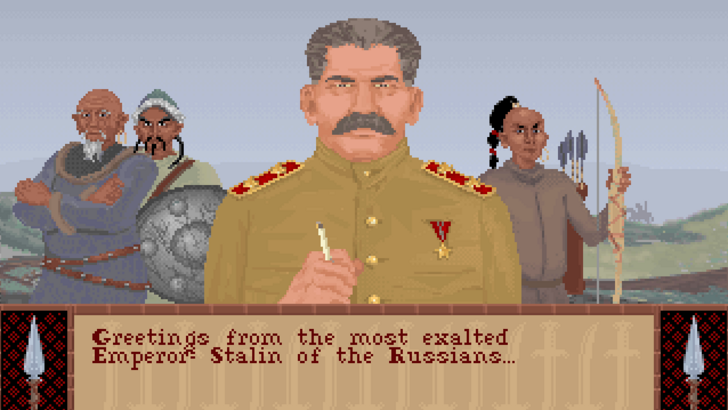
Civilization VI: Personas and Characterization
Civilization VI marked a significant leap in characterization and diversity. Leaders were brought to life through stylized animations, and the introduction of "Leader Personas" allowed for multiple versions of the same leader, each offering unique playstyles. This era saw the inclusion of lesser-known historical figures like Lautaro of the Mapuche and Bà Triệu of Vietnam. The concept of representing different phases or aspects of a leader's life also emerged, paving the way for Civ VII's approach.
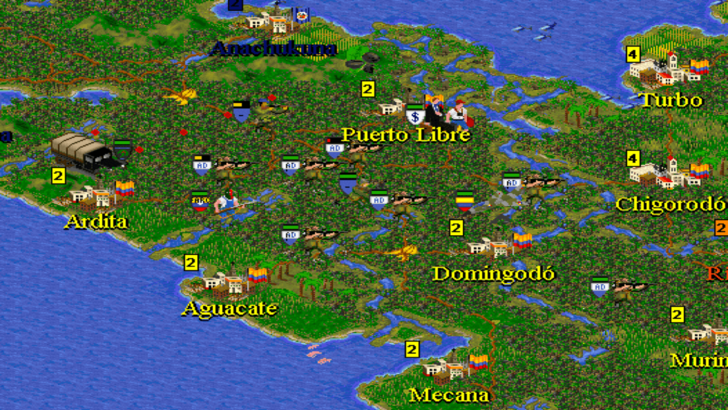
Civilization VII: A Mix-and-Match Approach
Civilization VII takes this evolution to its peak. The game features a highly diverse roster, unbound by traditional notions of national identity. Leaders are no longer solely tied to specific historical nations, allowing for a more flexible and creative approach. This is exemplified by the inclusion of Harriet Tubman, whose unique spymaster abilities redefine her role within the game.

The inclusion of Niccolò Machiavelli, a figure not typically associated with traditional leadership, highlights the game's focus on representing diverse perspectives and playstyles. José Rizal's inclusion as a leader focused on diplomacy and narrative events further demonstrates this shift.

A Legacy of Leadership
Over nearly 30 years, Civilization has evolved from a game about established superpowers to a rich tapestry of diverse historical figures and perspectives. The definition of "leader" has expanded, reflecting a broader understanding of human history and the various ways individuals have shaped the course of civilizations.

